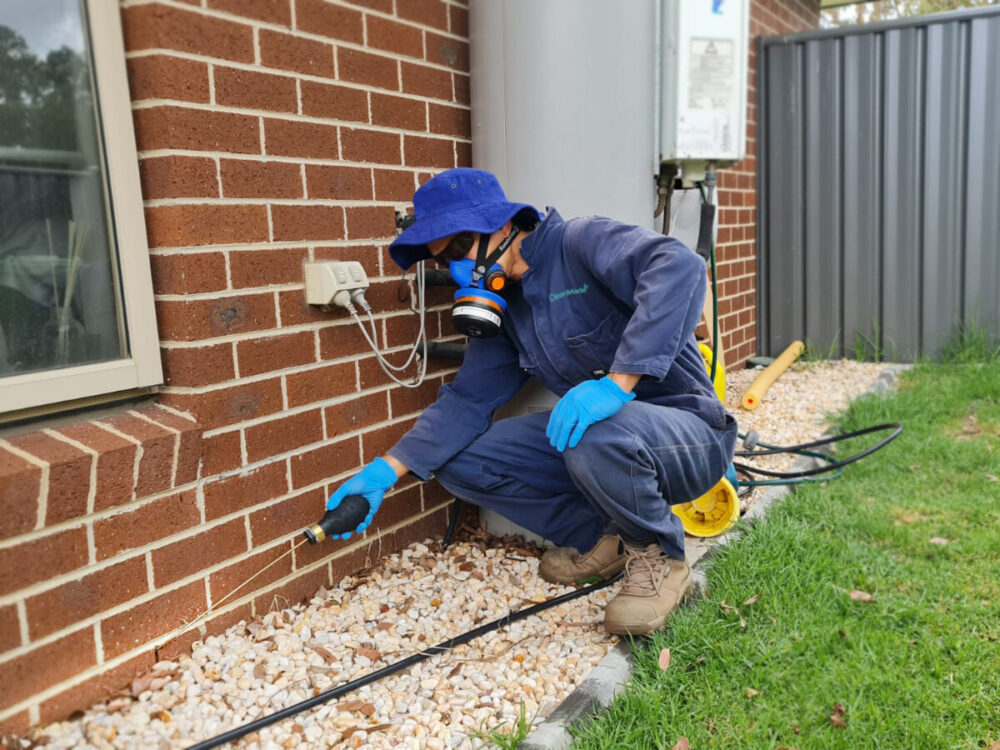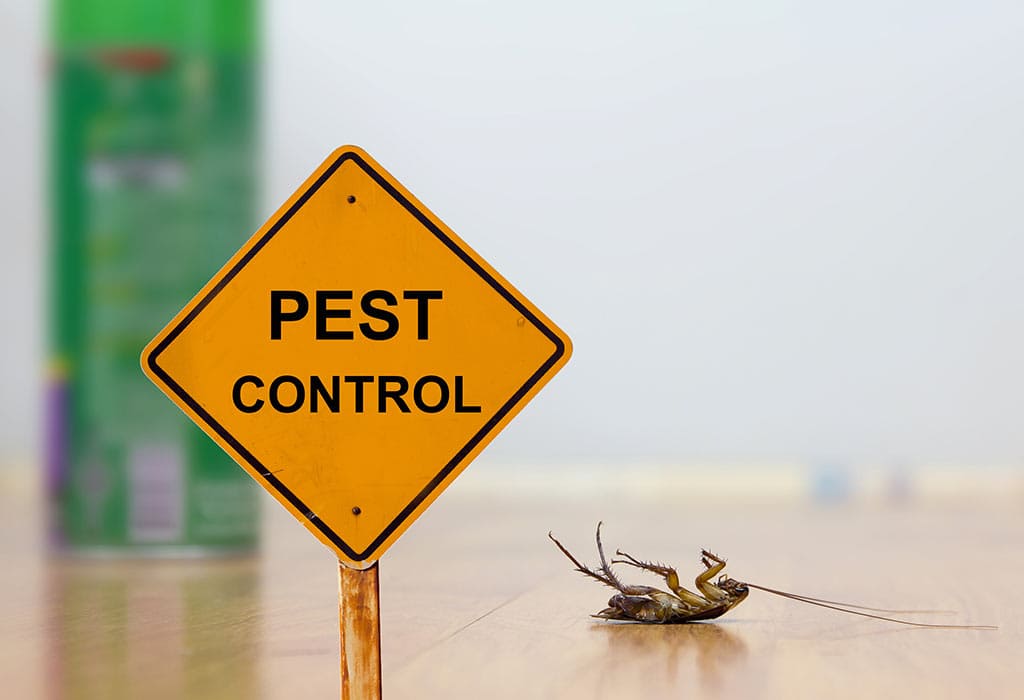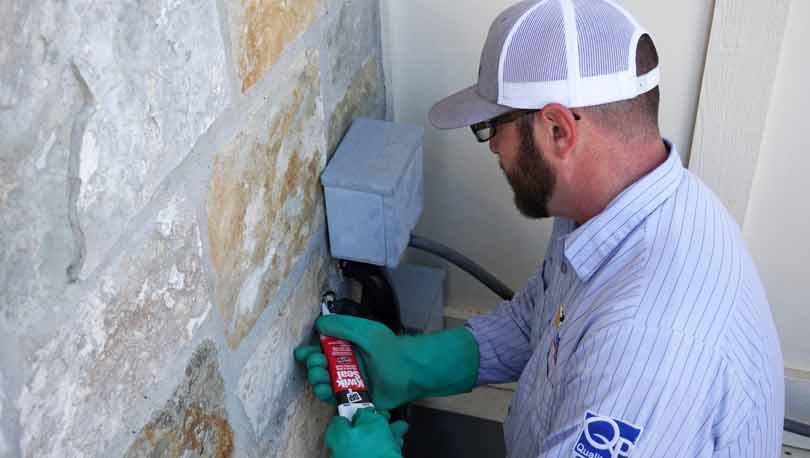An Understanding Into Different Kinds Of Insect Control Solutions Available out there
In the world of parasite control services, a varied range of methods exists to resolve the persistent challenge of handling undesirable intruders. From conventional chemical sprays to innovative organic controls, the market provides a spectrum of remedies designed to suit different needs and choices. As insects proceed to adapt and advance, the need for reliable and lasting parasite control measures ends up being progressively paramount. Understanding the nuances of each kind of pest control service can be not only enlightening yet also important for preserving a harmonious coexistence with the environment and the creatures that occupy it.
Chemical Sprays
Chemical sprays are generally utilized in pest control services to efficiently eliminate and prevent infestations. These sprays include various chemicals that target particular insects, such as bugs, termites, or rodents. The active ingredients in these sprays work by disrupting the pests' nervous systems, creating paralysis or death upon contact.
Professional pest control solutions use skilled professionals that comprehend the proper application of chemical sprays to guarantee optimum effectiveness while reducing risks to human beings, family pets, and the atmosphere. These specialists conduct thorough assessments to determine the type of pest problem and figure out the most ideal spray to attend to the problem.
Among the primary advantages of using chemical sprays in bug control is their capability to provide instant results. As soon as applied, the spray begins working promptly, minimizing the population of parasites in a timely manner. Furthermore, chemical sprays can offer durable protection versus future infestations when used on a regular basis as component of a detailed pest administration plan.
Biological Control

Classic organic control entails presenting all-natural adversaries of the pest species into the atmosphere. These all-natural adversaries, such as parasites, predators, or pathogens, help regulate pest populaces by taking advantage of or contaminating them. This technique is often used for lasting parasite monitoring and developing an all-natural balance in the community.
On the various other hand, augmentative biological control involves launching multitudes of beneficial microorganisms, such as predacious bugs or nematodes, to manage existing pest populations. This approach is extra prompt and can be specifically beneficial in agricultural settings to resolve existing insect infestations.
Organic control techniques are favored for their environmentally friendly nature, marginal influence on non-target species, and reduced chemical pesticide use, making them Recommended Site a sustainable parasite monitoring choice for various markets.
Catches and Lures

On the various other hand, lures are substances utilized to draw in parasites to a specific location for control functions. Lures can be poisoned or non-poisoned, with poisoned baits being frequently made use of for parasites like ants, rodents, and cockroaches. Non-poisoned lures are often used combined with traps to entice insects into the trap for capture. Appropriate placement and choice of traps and baits are essential for their efficiency, making them important tools in integrated insect management techniques. By understanding the habits of the target bug, bug control experts can successfully use lures and catches to take care of bug invasions effectively - Orem Pest Control.
Integrated Pest Monitoring
Integrated Bug Management (IPM) is an extensive approach that incorporates numerous insect control strategies to successfully manage and remove bugs while reducing ecological effect. IPM focuses on lasting prevention approaches by thinking about the biology and behavior of bugs, as well as the details environment in which they exist. This approach integrates a selection of insect control methods such as biological control, environment manipulation, adjustment of cultural practices, and using resistant plant ranges.
Among the key concepts of IPM is to focus on non-chemical insect control approaches whenever possible. This may consist of using natural killers to regulate pest populations or carrying out physical obstacles to stop problems. Chemical pesticides are utilized as a last hotel and are used sensibly to lessen injury to non-target microorganisms and the bordering community.
Warmth Therapy
As a complementary click reference technique to Integrated Bug Monitoring techniques, warm therapy is a targeted approach that utilizes the power of high temperature levels to eliminate bugs properly and successfully. This method is particularly helpful in getting rid of bed pests, termites, and various other parasites that might be concealing in hard-to-reach locations within a framework. By raising the ambient temperature to levels that are lethal to the insects however risk-free for the structure, warm therapy can permeate fractures, gaps, and furnishings where standard pesticides may not reach.
One of the vital benefits of warm treatment is that it is chemical-free, making it a eco friendly and secure choice for pest control. In addition, warm therapy is understood for its ability to provide fast results, usually solving insect problems in a single therapy session.
Final Thought

 Having actually attended to the effectiveness of chemical sprays in pest control solutions, the focus currently moves to biological control approaches as a sustainable alternative for taking care of insect problems. Lures and traps are essential devices in pest control solutions, providing targeted solutions for certain insects. By recognizing the habits of the target pest, bug control professionals can properly use baits and catches to manage bug infestations successfully.
Having actually attended to the effectiveness of chemical sprays in pest control solutions, the focus currently moves to biological control approaches as a sustainable alternative for taking care of insect problems. Lures and traps are essential devices in pest control solutions, providing targeted solutions for certain insects. By recognizing the habits of the target pest, bug control professionals can properly use baits and catches to manage bug infestations successfully.Integrated Pest Monitoring (IPM) is an extensive strategy that combines different pest control methods to properly manage and remove parasites while minimizing environmental influence.In conclusion, different kinds of pest control services are readily available in the market to address different bug problems.